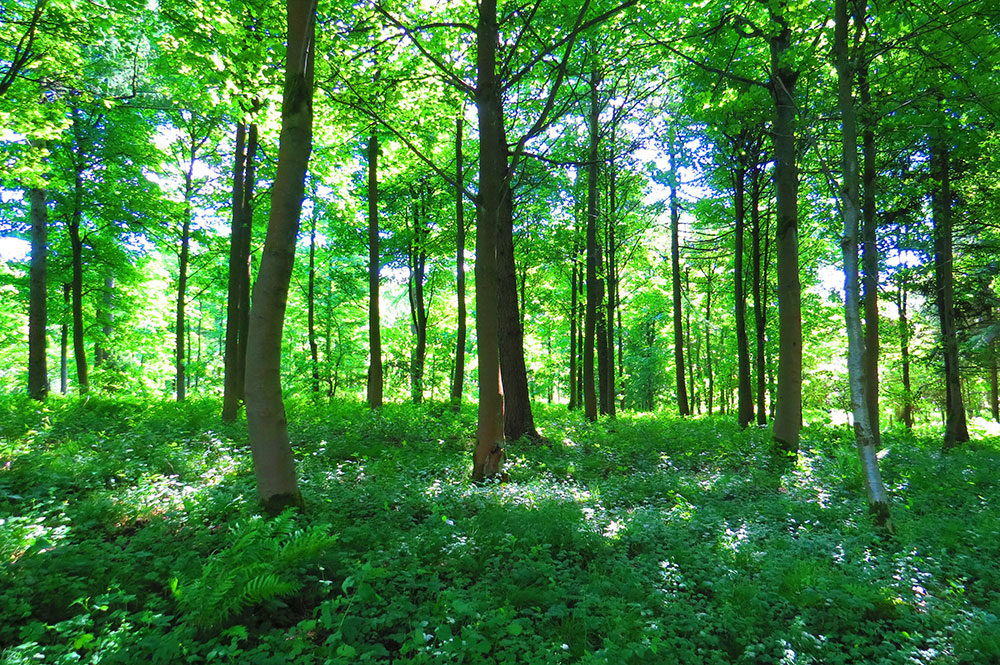York is going green in a big way, with a proposal to create a new wood complete with 50,000 trees.
City of York Council plans to buy 150 acres of agricultural land to the west of the city and turn it into a new community woodland.
The location of the plot of land is being kept secret until the deal is done. It would cost £1.65m, from the £3m Northern Forest budget, and create “a new Stray for the city, enhance the setting of the city and make York an even greater place to live work and visit.”
The wood would incorporate some or all of these features:
- New pedestrian routes to residential areas and villages
- Cycle routes
- Fitness trail
- Children’s outdoor play area
- Forest school space
- Woodland café
- Other commercial uses to provide revenue income for upkeep.
The council also wants to buy 30 acres of land next to the A1237 to plant a further 8,000 trees.
The costs will be financed by borrowing from the Public Works Loan Board (PWLB) over 50 years.
Health and leisure benefits
The tree-planting plans will be discussed at the executive meeting on Thursday 27 August.
Cllr Paula Widdowson, executive member for climate change and the environment, said: “In 2019, we committed to the ambitious target of becoming net zero carbon by 2030.
“Our ambition to plant 50,000 trees within the city boundary by 2023 aids in achieving this aim. The land identified will provide 150 acres of woodland – perfect for visitors and recreational users to enjoy.
“This new woodland will bring health and leisure benefits for residents and visitors, as well as significantly increasing biodiversity by turning farm fields into a fantastic local amenity of diverse broad leaf trees.”
The council is part of the Northern Forest initiative, whose main aim is to plant 50 million new trees across the north of England. The initiative will help identify potential funding for the project.
The creation of new woodland is part of York’s programme of carbon reduction – acting as a carbon sink absorbing some of the emissions produced in York.
It could remove around 18-24,000 tonnes of CO2 equivalent over 50 years after creation.
Council officers would work with experts from the Woodland Trust, the Wildlife Trust, the University of York, St Nicholas Trust and others to ensure the right species of trees were chosen and how to get the most out of the space.
If all goes to plan, planting and layout work at the new wood could start in late 2021.
